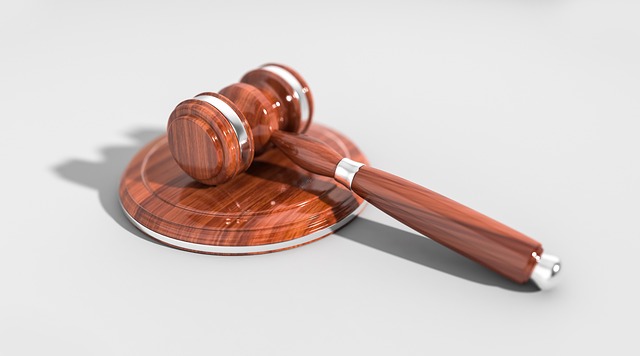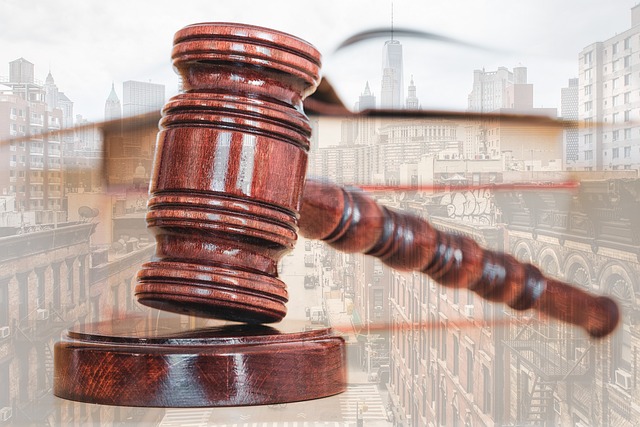Protecting creative works through robust intellectual property (IP) infringement defense is crucial. Trademark registration grants exclusive rights to unique marks, deterring copying and serving as evidence of ownership. In cases of unauthorized use like copyright or patent infringement, a comprehensive legal strategy involving evidence gathering, consultation, and understanding relevant laws is essential. Proactive measures such as brand monitoring further safeguard IP and ensure recognition for creative efforts, with trademark registration as a vital first step.
Intellectual Property (IP) infringement defense is a complex yet critical aspect of safeguarding your creative works. This comprehensive guide delves into the intricacies of protecting your intellectual assets, focusing on trademark registration as a robust preventive measure. We explore common types of infringements, from copyright violations to brand impersonation, and provide an in-depth look at legal strategies for effective defense. By understanding these concepts, businesses and creators can navigate the legal landscape with confidence, ensuring their innovations remain protected.
- Understanding Intellectual Property Infringement Defense
- The Role of Trademark Registration in Prevention
- Common Types of Infringements and Their Defenses
- Legal Strategies for Addressing IP Infringement Cases
Understanding Intellectual Property Infringement Defense

Intellectual property infringement defense is a crucial aspect of protecting your creative and innovative works. It involves understanding and navigating the legal complexities surrounding intellectual property rights, including trademarks, copyrights, and patents. A robust defense strategy starts with a solid foundation: trademark registration. This official recognition by a governing body grants exclusive rights to use a unique mark, design, or symbol, deterring others from copying or imitating it.
When infringement occurs, whether through unauthorized use of a trademark, copyright violation, or patent infringement, a comprehensive defense strategy is essential. It involves gathering evidence, consulting legal experts, and understanding the specific laws and regulations related to intellectual property in your jurisdiction. Proactive measures, such as thorough brand monitoring and enforcement actions, can also help prevent future infringements, ensuring your intellectual property is safeguarded and your creative efforts are recognized and protected.
The Role of Trademark Registration in Prevention

Trademark registration plays a pivotal role in preventing intellectual property infringement. By legally establishing ownership and exclusivity over a unique mark, businesses can deter unauthorized use by others. A registered trademark provides tangible proof of rights, enabling brand owners to take proactive measures against potential infringers. This legal protection acts as a powerful deterrent, discouraging individuals or companies from adopting similar marks that could cause confusion among consumers.
Upon registration, trademark holders gain the right to enforce their ownership, allowing them to take swift action against infringers. This process involves sending cease-and-desist letters, initiating legal proceedings, or seeking injunctions to halt the unauthorized use. The mere presence of a registered trademark can often lead infringers to reconsider their actions, as the consequences of non-compliance can be severe, including monetary damages and potential brand dilution.
Common Types of Infringements and Their Defenses

In intellectual property (IP) law, common types of infringements include copyright violations, patent infringements, and trademark misuses. Copyright infringement occurs when someone uses or reproduces a work—such as literature, art, or music—without permission from the copyright owner. Defending against these claims often involves proving fair use or licensing agreements.
Trademark registration is a robust defense mechanism for brand protection. If a trademark is registered properly and used consistently, it can deter potential infringers. Legal strategies to combat trademark violations include showing that the alleged infringer had no knowledge of the trademark’s ownership or demonstrating that their use is not likely to cause confusion among consumers.
Legal Strategies for Addressing IP Infringement Cases

When facing intellectual property infringement, a robust defense strategy is paramount. A key component involves examining and challenging the validity of the plaintiff’s claim. This often includes scrutinizing the trademark registration process and ownership rights. Legal professionals can navigate complex issues by assessing whether the alleged infringer had prior use or if the trademark is indeed distinctive enough to be protected.
Strategic responses may include filing counterclaims for misuse of intellectual property, demonstrating a lack of damage caused by the perceived infringement, or negotiating a settlement that ensures fair compensation while avoiding costly legal battles. The goal is to protect one’s rights and interests through legal avenues, ensuring due process and just resolution in IP infringement cases.
Intellectual property (IP) infringement defense is a complex yet essential aspect of safeguarding your brand and creative works. By understanding the various forms of infringements, such as copyright, patent, and trademark violations, businesses can employ strategic legal defenses. Trademark registration plays a pivotal role in prevention, offering strong protection against unauthorized use of logos, names, or slogans. This article has provided an overview of key strategies, including proactive measures like registration, and reactive tactics for addressing IP infringement cases effectively. Remember that knowledge is the first step to defense; stay informed about your rights and the evolving legal landscape surrounding intellectual property.
